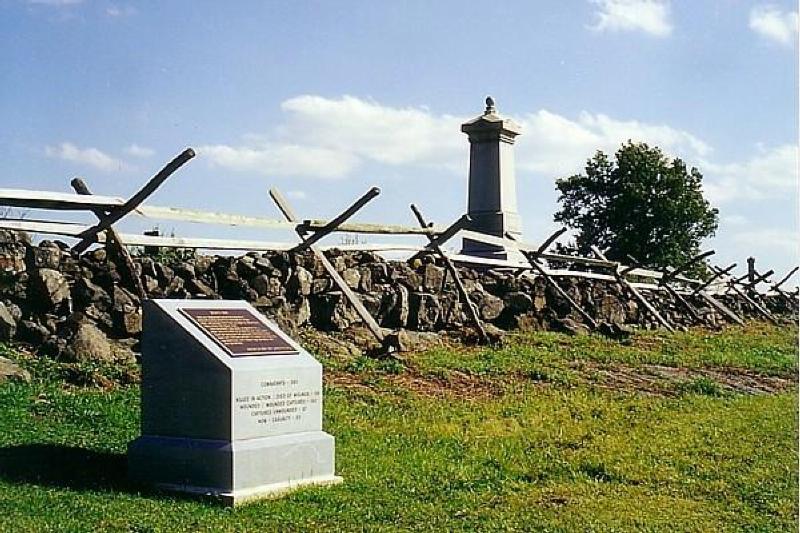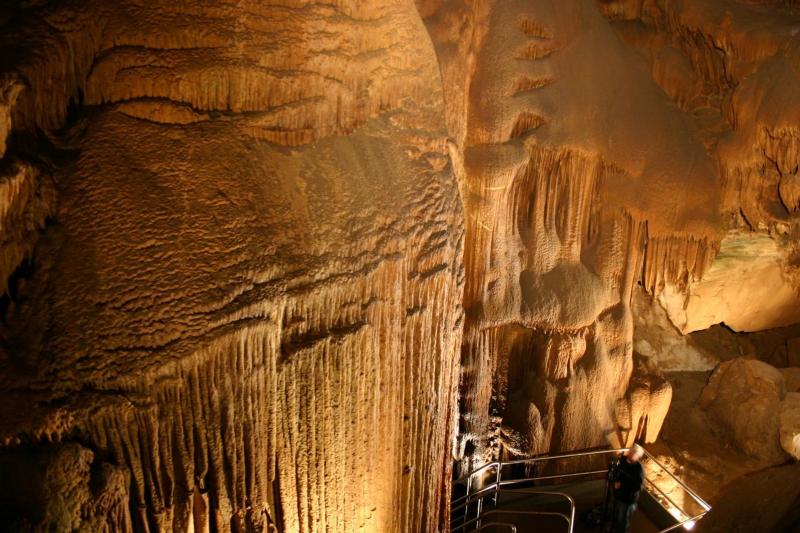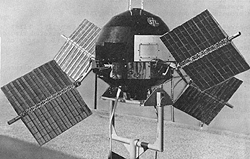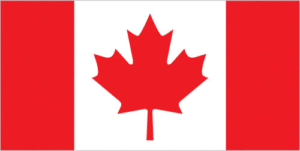
Flag of Canada
Canada celebrates Canada Day. Formerly called Dominion Day, the national holiday marks the 1867 union of Upper and Lower Canada and some Maritime Provinces. Slightly larger than the United States, Canada borders three oceans: Pacific, Atlantic, and Arctic. According to the CIA World Factbook, Canada is the largest country that borders only one country, in this case the United States. More than 34 million live in Canada, and most of those people live along its southern border. Ottawa is the capital. Children can learn more at: Canada.
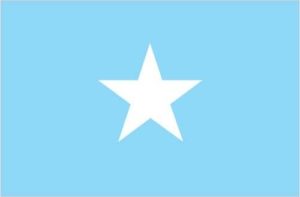
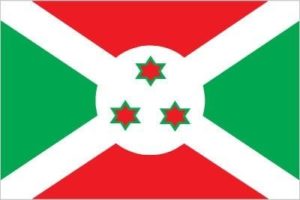
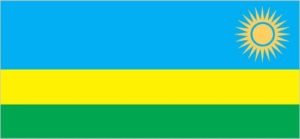 Republic of Rwanda is also about the size of Maryland and is also landlocked. The climate is temperate, and geography is mostly grassy uplands. Subsistence agriculture and mining are the major occupations for the twelve million inhabitants. Kigali is the capital. Children can learn more at:
Republic of Rwanda is also about the size of Maryland and is also landlocked. The climate is temperate, and geography is mostly grassy uplands. Subsistence agriculture and mining are the major occupations for the twelve million inhabitants. Kigali is the capital. Children can learn more at: 